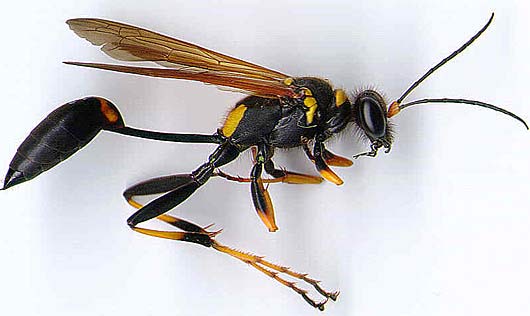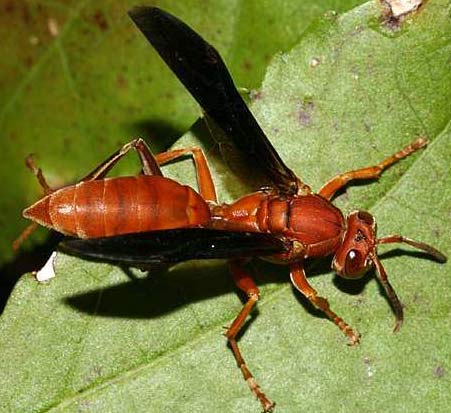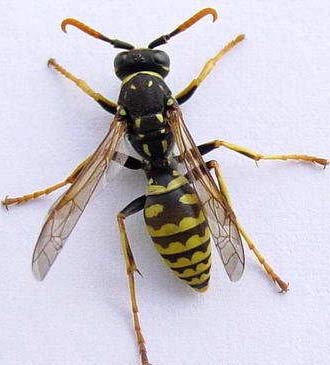Wasps – The Pest that Eats Pests

Not confined to just one species, “wasp” is the general reference term used for any number of the 10,000 species of insect that are known to prey or serve as parasites to pest insects (pest insects are most of those that cause damage and/or danger to crops, humans, and other creatures). Wasp species most commonly have two wings, an ovipositor (a stinger they use to to kill and often inject eggs into prey), and very few thickened hairs (this is in contrast to bees, a species that wasps are often confused with). The most common and therefore most recognizable species of wasp is believed to be the yellowjacket, although in some places the common hornet into this same category due to its wide distribution and high numbers.


Wasps are a very interesting group of insects because of their ability to control pest populations through predatory action (a fact that has made their controlled release a somewhat popular form of agricultural pest control), and their ability to control their own population make-up by choosing the sex of unhatched eggs. If a male is preferred, the wasps simply don’t fertilize the egg after it’s layed. Due to reproduction methods and abilities, most wasps fall into two categories: social wasps, and solitary wasps. Social wasps are known to live in colonies that number thousands, and are many times found in groups comprised mostly of sterile-female workers, led by a fertile queen and her mate. Solitary wasps will nest alone, and are therefore all fertile. Regardless of which category they fall into, they all build and live in some sort of nest or hive; they also all prey on and feed their young with pest insects. Strangely enough, despite their role in nature as pest-controllers, they are considered pests themselves by humans in most domestic settings; this is because of their ability to deliver stings that even hurt full grown humans.

